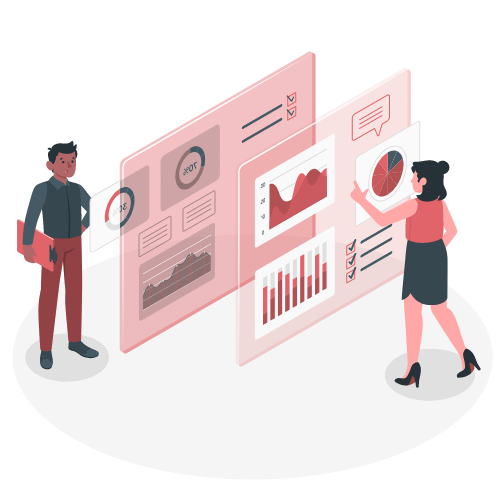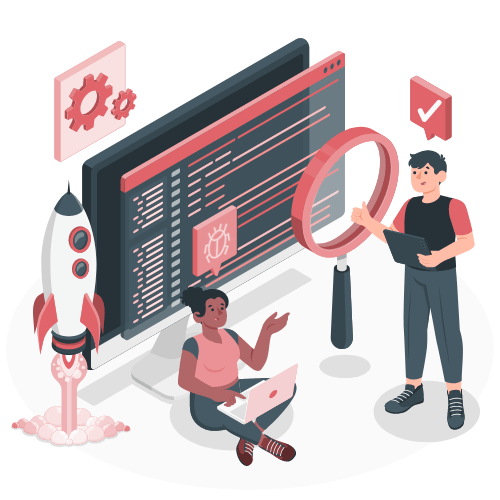data strategy
Data strategy is a plan that describes a way to use your data, which data to use, what technology you need, and how to organize yourself to get the most value out of this data, given your specific business objectives. We recommend following steps to prepare an effective strategy:
- Discuss with Stakeholders, data management team, business leaders, data engineers, data scientists and other departments to obtain a high-level view of how to build a culture to enable data-driven decision making in the organization
- Figure out where and in what formats your data resides and begin the process of aligning data sources with the objectives laid out. Identify frameworks for data architecture, data storage, and data operations; assess the data life cycle.
- Identify and prioritize the use cases by starting small, thinking big and iterating often. Assess how data governance ensures that data stays reliable and secure; develop an effective approach to data security; and understand the best practices to comply with privacy regulations, such as GDPR, HIPAA and CCPA.
- Organize data technologies into categories such as: data generation and acquisition; data integration and management; data analysis; and data operationalization.
- Formulate a roadmap with a focus on identifying the gaps you have around the data architecture, technology, tools, processes and the skillsets. Look to the future of data, discovering what’s possible in data science, AI, and different analytic approaches that can inform your business decisions.




